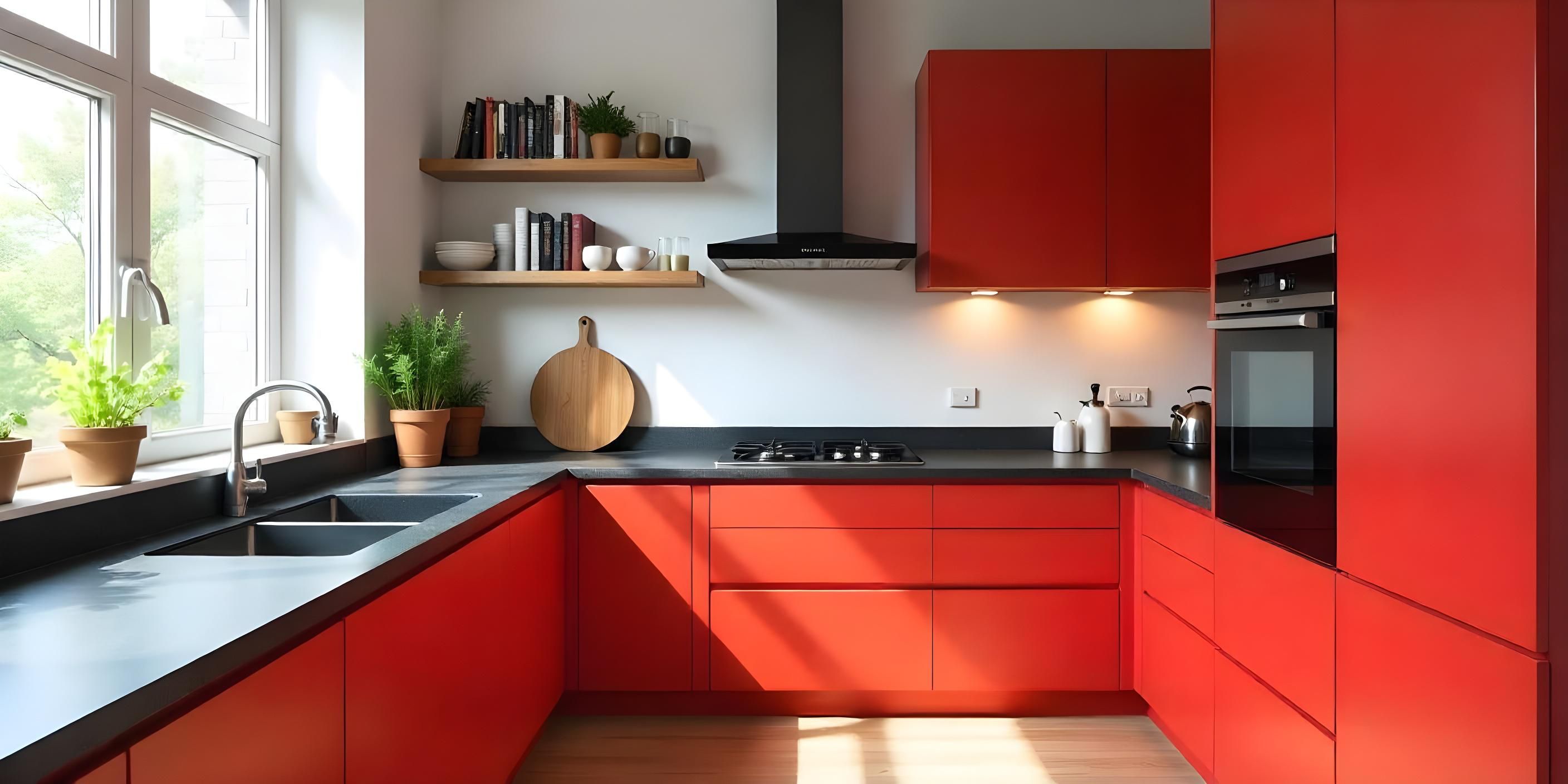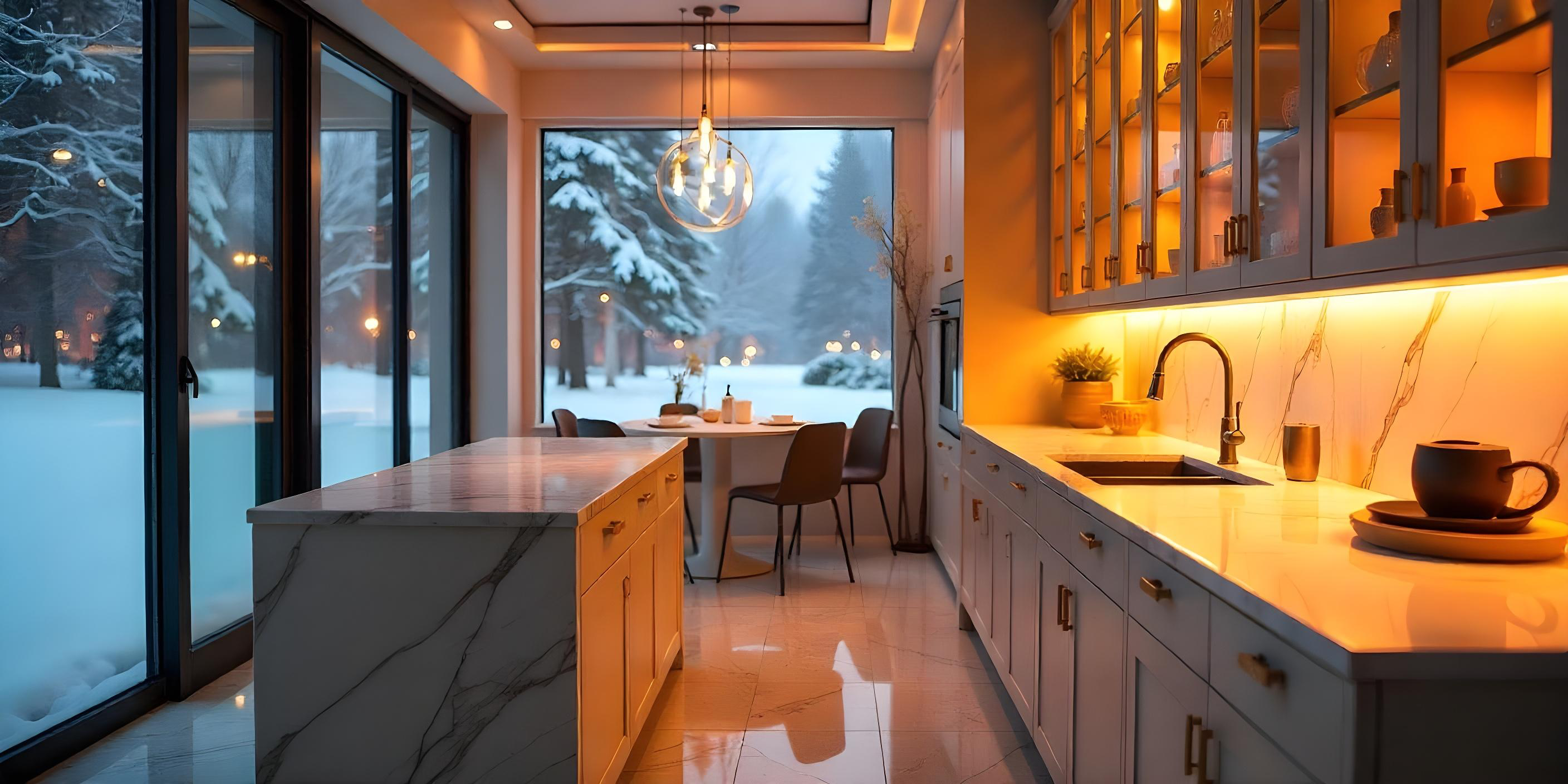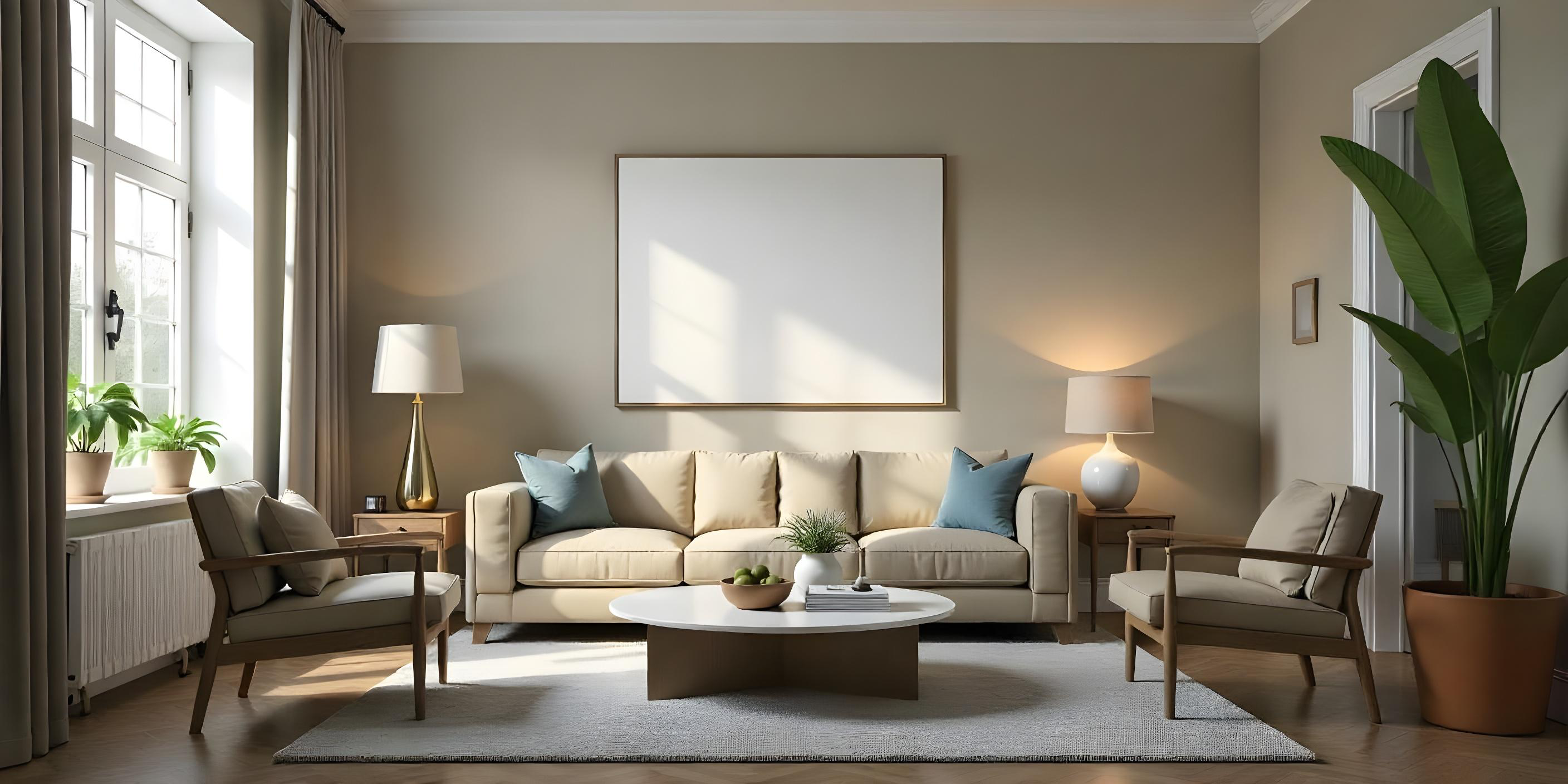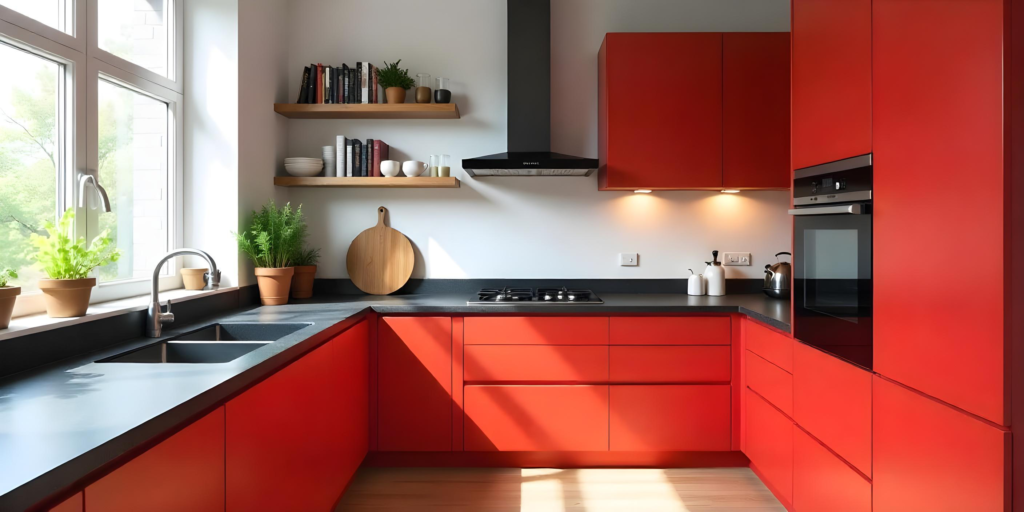Unnecessary kitchen items can come in many shapes and forms — some not really required within a kitchen space. Here are 5 interesting aspects that are not really needed in a kitchen area.
Unnecessary Kitchen Items #1: Appliances That Are Too Bulky Or Large

These are usually thought of as the staples in an equipped kitchen but they are not quite so needed in every household. For instance, a large oven or an extra-large refrigerator might be perceived as basic needs, but unless you entertain many people with regular meals or have to keep large bulk quantities of food, these take up valuable space with little or no more difference in functionality. In smaller households or for those people that like quick and simple meals, the compact oven and modestly sized fridge will handle daily needs without overwhelming the kitchen.
Large dishwashers are meant to bear the heavy loads and may not be needed in case of lesser household members or those who hand-wash their dishes. It would be wiser to go for small ones as they consume less energy, saving electricity and water and would suffice for the family. Larger appliances increase the costs not only in purchase price but also in installation and maintenance — not practical if on a tight budget or if the size of your kitchen is limited.
Large appliances can overwhelm a kitchen aesthetically especially in more modern, minimalist kitchen designs. Smaller, more streamlined appliances can keep the kitchen feeling more open and airy while still offering ample functionality. Unless you entertain frequently or cook for large groups, many of these larger appliances simply go underutilised, taking up room that could be put to better use and adding unnecessary cost and complexity to your kitchen. It may well be that compact appliances will perfectly fit your particular way of living and cooking habits — becoming a more convenient and beautiful alternative to your home kitchen.
Unnecessary Kitchen Items #2: Backsplashes That Are Over The Top

While fancy backsplashes can indeed add elegance and style to the kitchen, it is not a must have for every home. Many people feel compelled to make some sort of intricate design or use high-end materials believing this will enhance the aesthetic appeal of their cooking space. There are many major downsides to such an elaborate backsplash.
First and foremost, they are hard to clean. Intricate patterns and textured surfaces do tend to accumulate grease, grime and splatters which is a lot more work than what the plain, smooth surface requires. Additionally, material and installation costs can be higher than what many budgets can bear. Home owners may find themselves putting a load into a feature that cannot return functional value for the investment placed.
Besides, trends in kitchen design can come and go in such a hurry and what was a trendy backsplash today may prove to be very out of date quickly — resulting in further expenditure at some point in the future when a remodel is required. A minimalist or practical backsplash can be just as effective, often using easy-to-clean materials like ceramic tiles or stainless steel that blend seamlessly with the overall kitchen design without drawing excessive attention.
Above all, the kitchen should be functional and easy to use rather than highly decorative. This emancipates the home owner from the most complicated and creative solution for a backsplash, allowing them to create a clean and unified aesthetic while focusing their attention on other crucial facets of kitchen design, namely maximising storage and improving workflow so as to make the space inviting and functional for day-to-day use. This way, a kitchen can attain both form and function without necessarily carrying the dead weight of design features which may be impracticable.
Unnecessary Kitchen Items #3: Incorporating Excessive Amounts Of Drawers

With modern kitchen design, the whole point is to have more space and functionality — many drawers tend to clutter this space and make it inefficient. With all these in mind, they may not be what you need. Though they are mostly preferred because of easy access and good organisation, too many of them make the cooking environment uncoordinated. Too many drawers only invite the accumulation of kitchen gadgets and utensils not used, causing confusion and difficulty in looking for the essential things.
Instead of assisting in a layout or organisation, they may result in an untidy mess with stuff jammed inside and forgotten. This clutter will impede the flow of meal preparation by making it frustrating to locate the necessary tool or ingredient quickly. Many drawers could take up all the valuable space that should be available for preparing or cooking food in the kitchen. The streamlined kitchen should take into account the efficiency of space utilisation, promoting minimalistic looks — this could be sacrificed with too many drawers.
Instead, try to optimise these with more existing solutions such as deep drawers for pots and pans, pull-out shelves or even just regular cabinets that can be used for certain items. This not only keeps the kitchen neat and organised but also allows you to be very conscious of buying and using kitchenware.
Ultimately, it means fewer drawers and a good storage system will develop a harmonious, organised kitchen environment, and the cooking experience will be far better without disorganisation and clutter. A great kitchen design should reflect your cooking habits and your lifestyle where every element positively contributes to the space rather than overwhelming it.
Unnecessary Kitchen Items #4: Extremely Fancy Lighting Elements

While lighting is imperative in setting up the kitchen of a house, there is simply no need to install very elaborate light fixtures. As much as aesthetic appeal might mean something, the use of very fancy chandeliers or even ornate pendant lamps or very fancy ceiling fixtures may be too cluttering or distracting in what should be a functional area.
Kitchens are work areas where chores of food preparation and cleaning up after meals are a priority and flamboyance really needs to take second place to functionality. The idea of having a kitchen is defeated if the lighting is too decorative as uneven lights and shadows are formed around the area which prevents reasonable visibility.
Rather than investing in expensive and elaborate designs, one needs to think about simple yet effective lighting that should create the effect in the kitchen while allowing ample illumination. For example, the LED recessed lights would provide ample brightness without overwhelming the visual space, while under-cabinet lighting can illuminate the work areas very well. Such pragmatic choices induce a warm and inviting ambience and by way of their subtleness, give the impression of a cleaner, more organised appearance.
Over-the-top fixtures become an absolute maintenance headache — the intricate designs may gather dust and grease significantly more easily, requiring even higher regularity of cleaning and upkeep. This can be most annoying in a kitchen space that should be practical. Fortunately, a well-lit kitchen does not have to be over-the-top. With a focus on attractive, functional lighting options, finding a pretty balance of style and practicality is easily done by a home owner, keeping the kitchen friendly for culinary activities. In other words, though lighting is an essential part of the kitchen design, opting for moderate instead of over-the-top fixtures can really enhance functionality and aesthetics.
Unnecessary Kitchen Items #5: Having Too Many Speciality And Niche Appliances

Specialty appliances bog down a home kitchen and utilise space and resources inefficiently. While such gadgets might be very captivating due to their novelty or convenience, most of them are hardly used in an average home. Appliances such as bread makers, ice cream machines and deep fryers might sound so exciting to the culinary enthusiast but rarely do they come into practical application. If you only bake bread or make homemade ice cream once in a while, that space those items take up could be better utilised for essentials.
And all too often, these specialised appliances require specific ingredients or techniques that discourage spontaneous cooking and lead to food waste. Also, most of these are really hard to learn and take away a lot of time and energy from other simpler ways of doing the job. For instance, a juicer may provide fresh juice, but for most situations requiring juice, either a simple blender would do or a good old hand juicer without the hassle of cleanup and issues with its maintenance. The same can be said about sous-vide machines — popular in gourmet cooking but impractical for a day-to-day meal.
Living in a world that truly enjoys simplicity and ease, the real challenge is trying to figure out which gadgets truly deliver any value to the table. Instead of filling your kitchen with devices you will hardly ever use, a good-quality blender, food processor or Instant Pot will be pretty versatile and will perform a lot of tasks. The less use of special appliances, the more organised and functional the kitchen is — inspiring creativity to encourage frequent cooking without being distracted by clutter.
Sign Up For Kitchen Design Ideas
Join over 5,000 homeowners subscribed to our newsletter!













